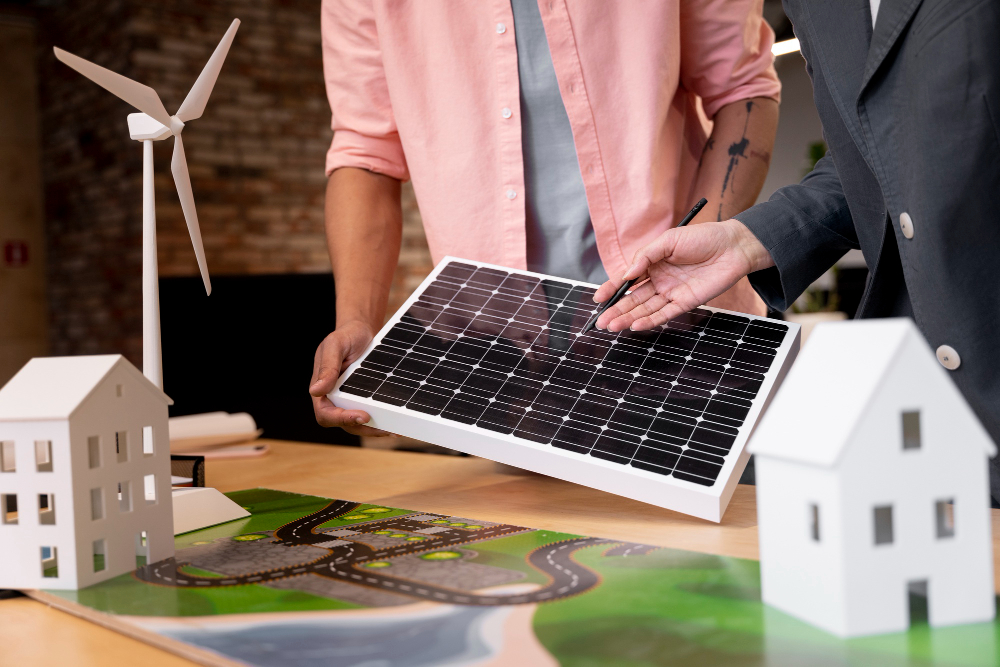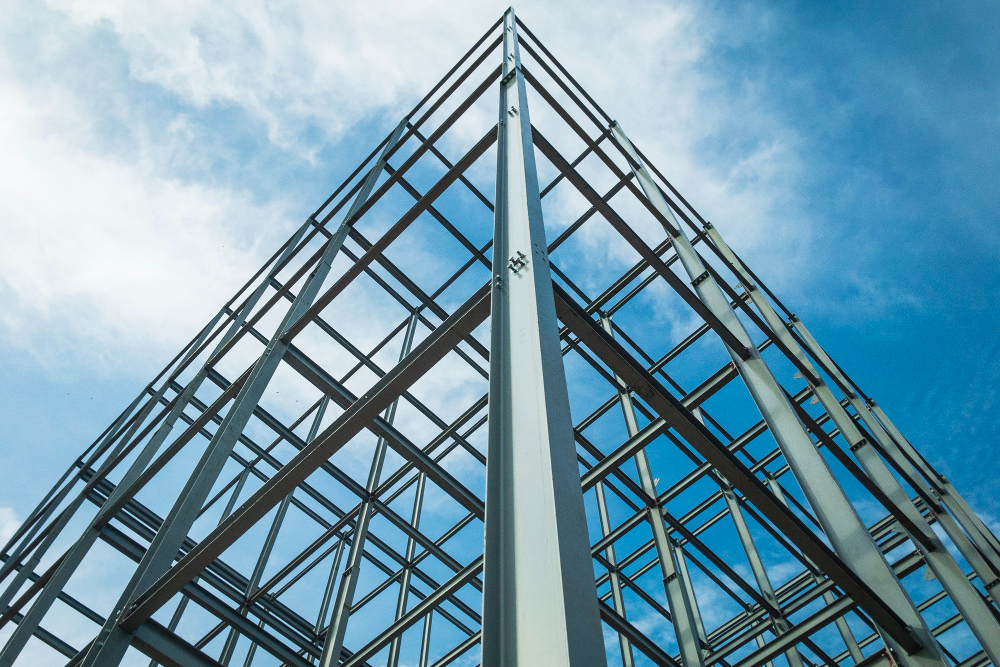Last updated on
In the ever-evolving landscape of the construction industry, sustainability has emerged as a guiding principle. As the world grapples with environmental challenges, the spotlight on eco-friendly practices has intensified, with a particular focus on sustainable roofing.
Roofs, often overlooked in the grand scheme of construction, play a pivotal role in energy efficiency, insulation, and overall environmental impact. This article delves into the question: Is sustainable roofing an achievable goal in today’s construction industry?
The Current State of Roofing Practices

The construction industry has long been associated with resource-intensive practices and environmental degradation. Traditional roofing materials, such as asphalt shingles and metal sheets, contribute significantly to the industry’s carbon footprint.
As awareness grows regarding climate change and the need for sustainable living, there’s a paradigm shift in the way roofs are perceived and constructed. The first step in achieving sustainable roofing is understanding the shortcomings of current practices.
In recent years, the construction sector has witnessed an increased emphasis on sustainable building materials. From recycled content to energy-efficient designs, the industry is slowly steering towards a more eco-conscious path. However, the question remains: Can roofing, a crucial but often neglected component, catch up with this sustainability trend?
Innovations in Sustainable Roofing Materials

One promising avenue for achieving sustainable roofing lies in the development of innovative materials. Green roofs, for instance, introduce vegetation into the roofing structure, providing insulation and reducing the urban heat island effect.
Additionally, as seen at Bison Roofing, advancements in solar roofing technology are transforming roofs into active contributors to energy production. These innovations not only enhance the energy efficiency of buildings but also contribute to the reduction of greenhouse gas emissions.
Recycled and upcycled materials are also gaining traction in the roofing industry. Companies are exploring ways to turn waste materials into durable and aesthetically-pleasing roofing options. This shift towards sustainable materials is a testament to the industry’s willingness to adapt to environmentally responsible practices.
Energy-efficient Roofing Designs

Sustainability in roofing extends beyond the materials used—it encompasses the design and functionality of the roof. Energy-efficient roofing designs focus on optimizing insulation, ventilation, and natural light utilization.
Cool roofs, for example, employ reflective materials to reduce heat absorption, minimizing the need for excessive air conditioning. Proper insulation not only contributes to energy conservation but also enhances the overall comfort and livability of a structure.
In the pursuit of energy efficiency, architects and builders are increasingly incorporating passive design principles into roofing structures. This holistic approach considers climate, orientation, and local environmental conditions, ensuring that roofs play an active role in maintaining indoor comfort while minimizing energy consumption.
Economic Viability of Sustainable Roofing

One of the persistent challenges in promoting sustainable practices in the construction industry is the perceived economic barrier. Many stakeholders argue that sustainable roofing options are cost-prohibitive, deterring widespread adoption. However, the landscape is evolving as the demand for green building practices increases.
The initial cost of sustainable roofing materials and technologies may be higher, but the long-term benefits often outweigh the upfront investment. Energy savings, reduced maintenance costs, and potential incentives or certifications for green buildings contribute to the economic viability of sustainable roofing.
As more businesses and homeowners recognize the economic advantages, the market for sustainable roofing is likely to expand.
Regulatory Landscape and Green Building Standards
The regulatory environment plays a crucial role in shaping the direction of the construction industry. Governments and local authorities are increasingly recognizing the importance of sustainable practices and are implementing regulations to encourage their adoption. Green building standards, such as LEED (Leadership in Energy and Environmental Design), provide guidelines for environmentally responsible construction, including roofing.
Compliance with these standards not only reflects a commitment to sustainability but also opens doors to financial incentives and market recognition. As the regulatory landscape continues to evolve, it becomes a driving force behind the integration of sustainable roofing practices into mainstream construction.
Challenges and Limitations
While the shift towards sustainable roofing is encouraging, it is not without its challenges and limitations. Resistance to change, lack of awareness, and a conservative industry mindset can impede the widespread adoption of eco-friendly roofing practices. Additionally, the diversity in climate and building types poses a challenge, as one-size-fits-all solutions may not be applicable across the board.
Another consideration is the durability and longevity of sustainable roofing materials. Ensuring that these materials can withstand diverse weather conditions and maintain their performance over time is crucial for their widespread acceptance. Addressing these challenges requires collaboration between industry stakeholders, researchers, and policymakers to create a supportive ecosystem for sustainable roofing.
Future Prospects and the Role of Education
The future of sustainable roofing looks promising as technology continues to advance, and awareness grows. Integrating sustainable practices into construction education and professional training is crucial for fostering a mindset shift within the industry. Architects, builders, and contractors need to be equipped with the knowledge and skills to implement sustainable roofing solutions effectively.
As public awareness increases and demand for sustainable buildings rises, the market forces are likely to drive further innovation in the roofing sector. Collaboration between the public and private sectors, along with ongoing research and development, will be instrumental in overcoming the remaining challenges and pushing the boundaries of what is achievable in sustainable roofing.
Sustainable roofing is not only an achievable goal in today’s construction industry but a necessary one. The current trajectory of the construction sector, with its focus on innovative materials, energy-efficient designs, and green building standards, indicates a growing commitment to environmental responsibility.
While challenges persist, the economic viability, regulatory support, and technological advancements in sustainable roofing make it a feasible and desirable option for the future of construction. As the industry continues to evolve, embracing sustainable roofing practices is not just a choice but a responsibility toward creating a more resilient and eco-friendly built environment.
Related reading:
Table of Contents





